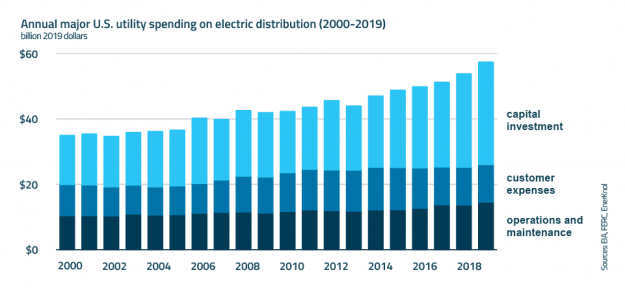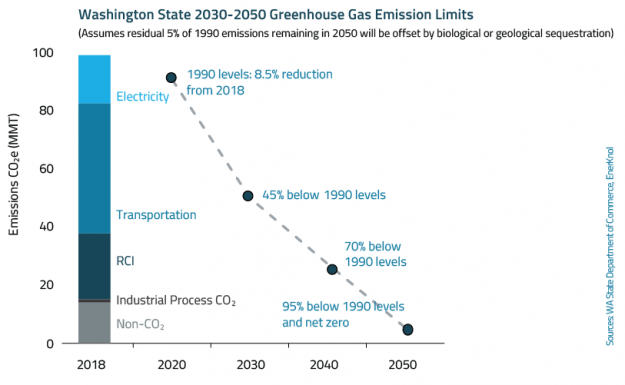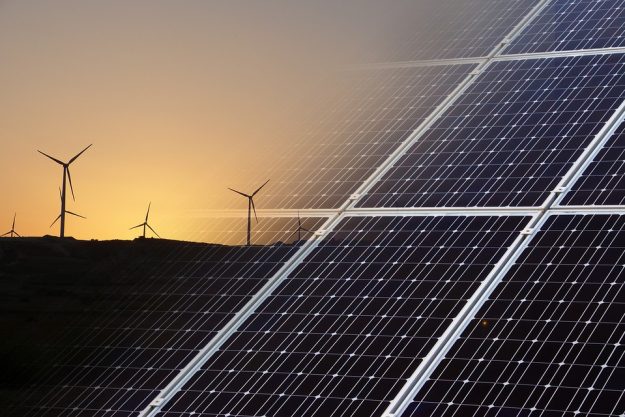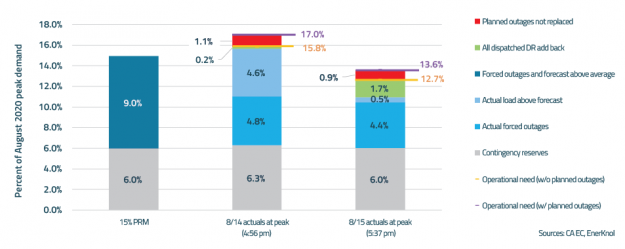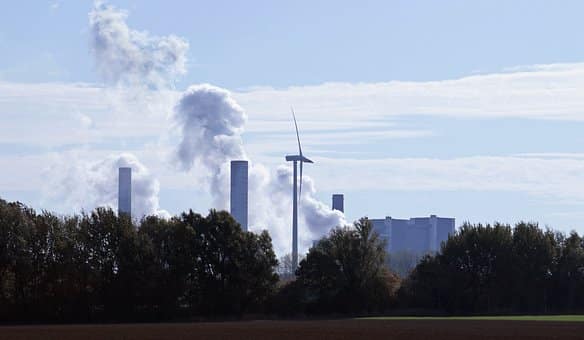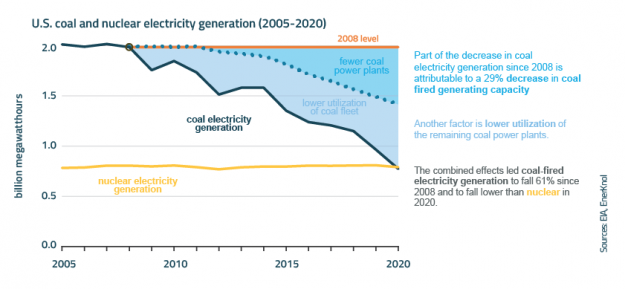Visual Primer: Capacity Prices Fall by 64 Percent in First PJM Capacity Auction After Market Reforms
The long-awaited capacity market auction of PJM Interconnection LLC for the 2022-2023 delivery year cleared at $50 per megawatt-day, which is 64 percent lower than the 2018 auction and the lowest in almost a decade. This is the first auction to be conducted by the nation’s largest grid operator under the expanded minimum offer price rule (MOPR) resulting from a 2019 order by the Federal Energy Regulatory Commission.

